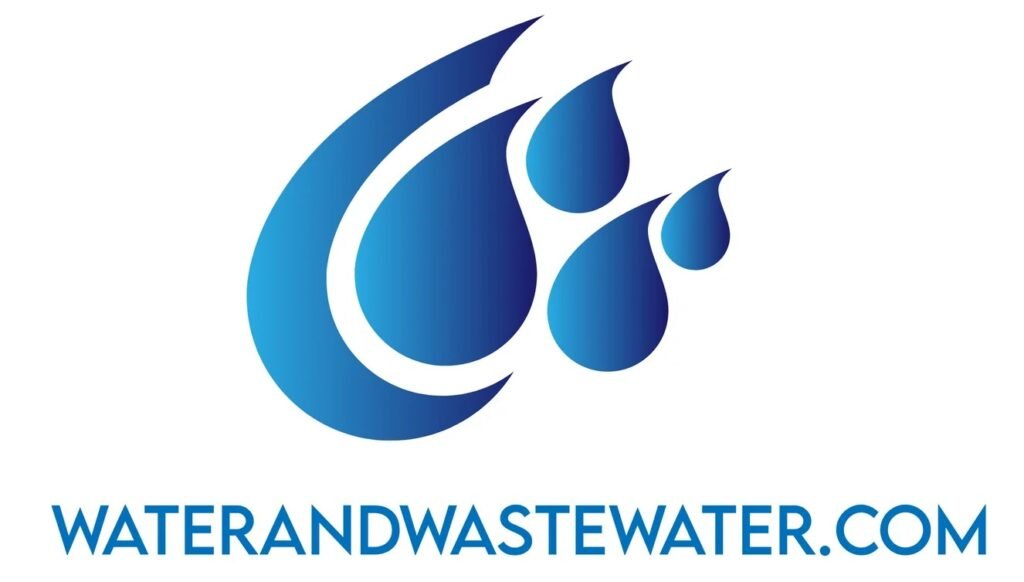Tag: methods
Bioaugmentation in Wastewater Treatment: Enhancing Environmental Sustainability Introduction As industrialization and urbanization continue at an unprecedented pace, managing wastewater effectively has become a critical concern for both environmental and public health. Traditional wastewater treatment processes, although effective to an extent, often face limitations in handling the diverse and complex nature of modern contaminants. […]
Water is an indispensable resource for life on Earth, making its purification one of the paramount challenges of the 21st century. From removing pollutants to desalinating seawater, various methods have been developed to ensure clean and safe water. Among the numerous techniques, membrane filtration has emerged as one of the most effective, driven by the […]
Bend, Oregon, is a vibrant city known for its natural beauty, pristine rivers, and burgeoning population. As the city has grown, so too has the need for robust infrastructure to manage its wastewater. Enter the Bend Wastewater Treatment Plant, a crucial facility that ensures the community’s wastewater is treated efficiently and sustainably. This article explores […]
Wastewater Treatment and Disposal: An In-depth Analysis Wastewater treatment and disposal represent one of the most critical aspects of environmental protection and public health infrastructure. As global populations surge and industrial activities expand, the volume and complexity of wastewater increase manifold, making effective treatment and disposal strategies indispensable. This article delves into the intricacies […]
The Puerto Nuevo/Bayamón Regional Wastewater Treatment Plant (WWTP) stands as a testament to modern sewage management and environmental stewardship in Puerto Rico. Serving the dense urban and suburban sprawl of San Juan’s metropolitan area, this facility is critical to the health, well-being, and prosperity of the communities it serves. With a strong focus on technological […]
Introduction Water is one of the most vital resources on the planet, essential for all forms of life and a fundamental requirement for human civilization. However, industrialization, urbanization, and agricultural activities have contributed to the contamination of water sources, introducing a variety of pollutants including heavy metals, organic compounds, and microorganisms. To tackle these […]
In the collective imagination, spiders often evoke a sense of fear or disgust. But what if I were to tell you that one spider, the Baltimore Wastewater Treatment Plant spider, has become a point of curiosity, study, and even admiration among scientists and environmentalists? It’s a tale that transcends arachnophobia and opens a window into […]
Introduction Amid the shimmering lights and bustling life of Las Vegas, Nevada, lies a critical yet often overlooked infrastructure marvel—the Las Vegas Advanced Wastewater Treatment Plant (LVAWWTP). This facility plays an indispensable role in sustaining the vibrancy of the city, a desert oasis famed for its exuberant nightlife and bustling tourism industry. With a […]
Gas Hydrate-Based Desalination: A Promising Frontier in Water Purification Introduction Water scarcity is one of the foremost challenges confronting humanity in the 21st century. As populations grow and industrial activities intensify, the demand for fresh water continues to surge, while conventional sources deplete. It is estimated that nearly half of the world’s population […]
Ammonia in Wastewater Discharge: Environmental Impacts, Treatment Methods, and Regulatory Frameworks Ammonia, a compound of nitrogen and hydrogen with the formula NH₃, is a significant pollutant in wastewater discharge. Its presence in wastewater originates from various sources, including domestic sewage, industrial effluents, and agricultural runoff. Ammonia poses several environmental and health risks, making its […]
